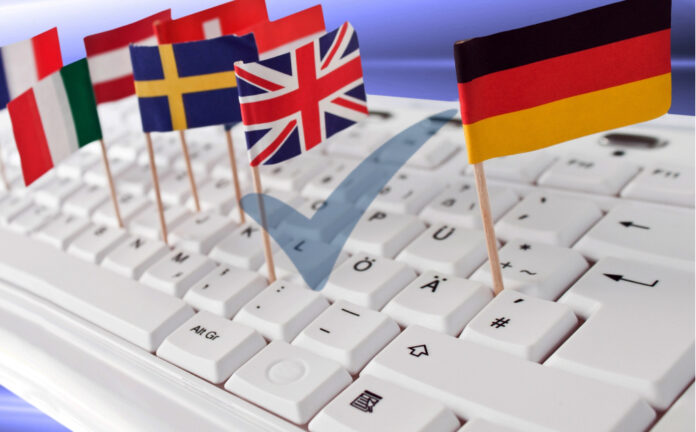Brazilian franchising crosses borders and consolidates itself as one of the largest exporters of brands in the world. Currently, national networks are present in more than 100 countries, especially in Portugal, the United States and Argentina. According to the Brazilian Franchising Association (ABF), this movement follows the robust growth of the sector, which earned more than R$ 273 billion in 2024. However, expanding a franchise to another country requires a thorough and strategic planning.
According to Lucien Newton, vice president of the Ecosystem 300 Franchising Consulting vertical, internationalizing a network goes far beyond just replicating a model of success.“A expansion out of Brazil needs to consider three essential pillars: cultural adaptation, market intelligence and financial structuring. Without this well-defined tripod, the risk of failure increases CONSIDERably”, explains Lucien.
Step by step to take a franchise to another country
- Market analysis and local legislation
Before any move, it is essential to understand the regulations of the target country. Franchising in Brazil is highly regulated, but not all markets have such structured legislation.In addition, it is necessary to assess local demand and competition to ensure that there is room for the brand. - Choice of expansion model
There are different formats for internationalization, such as master franchise, where the franchisor works the expansion by ceding the rights of brand administration to a third party; joint ventures characterized by a commercial partnership or alliance between companies; and direct opening of own units. The choice should consider the management capacity of the franchisor and the level of investment. - Adapting the brand to the local public
Each market has its cultural and consumer particularities.“O that works in Brazil may not be as attractive in another country. Testing the model, adjusting the product mix and paying attention to communication are fundamental steps”, Newton points out. - Forming strategic partnerships
Having local partners facilitates market entry and reduces operational risks. Companies that already have experience in the sector can assist in the logistics, distribution and operation of franchises. - Financial plan and support to the franchisee
An international expansion requires detailed financial planning, considering exchange rates, taxation and operating costs.In addition, it is essential to provide continuous support to franchisees to ensure brand standardization.
Opportunities for the futureSegments such as food, beauty and education are among the most promising for international expansion.For Lucien Newton, internationalization is no longer an option, but rather a natural path for networks that want to grow sustainably.
“The world is increasingly globalized. Those who know how to position themselves and create intelligent strategies to scale internationally will be ahead of the” competition, concludes the expert.


